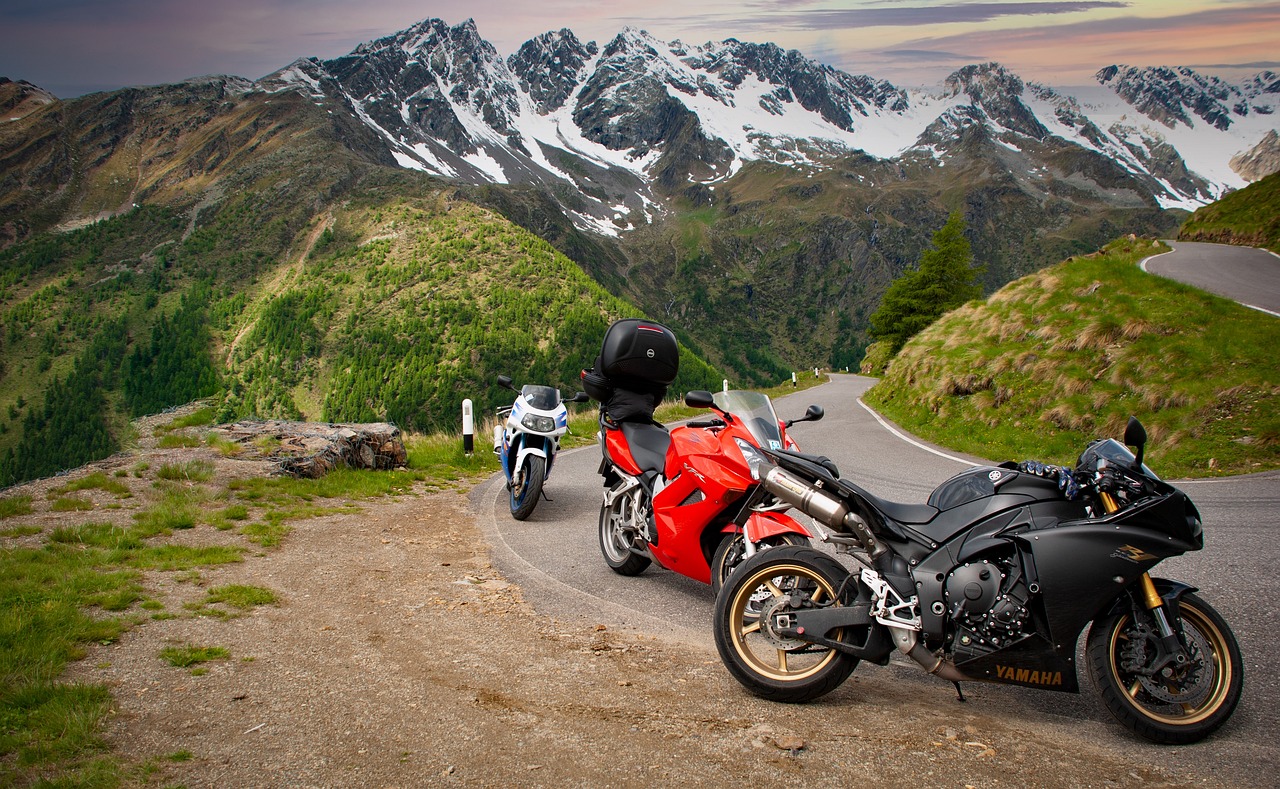The Impact of 5G Technology on the Automotive Industry
Advancements in vehicle connectivity have paved the way for enhanced communication between vehicles and their surrounding environment. With the integration of advanced sensors and communication technologies, vehicles can now interact with infrastructure, other vehicles, and even pedestrians in real time. This connectivity opens up a new realm of possibilities for improving road safety, traffic efficiency, and overall driving experience.
Through vehicle-to-vehicle (V2V) and vehicle-to-infrastructure (V2I) communication, cars can share important data such as speed, location, and road conditions instantaneously. This real-time exchange of information allows vehicles to anticipate and respond to potential hazards more effectively, ultimately reducing the risk of accidents and creating a smoother, more coordinated flow of traffic. As connectivity continues to evolve, the future promises even greater advancements in vehicle communication capabilities, laying the foundation for a more interconnected and intelligent transportation system.
Enhanced Communication Capabilities for Autonomous Vehicles
One key aspect of autonomous vehicles’ communication capabilities is the ability to seamlessly interact with other vehicles on the road. Through advanced communication technologies, such as Vehicle-to-Vehicle (V2V) and Vehicle-to-Infrastructure (V2I) systems, autonomous vehicles can exchange vital information in real-time. This includes data on their speed, direction, and intended maneuvers, enabling them to make more informed decisions to navigate complex traffic scenarios.
Moreover, enhanced communication capabilities also facilitate improved coordination between autonomous vehicles and emergency response services. In the event of an accident or emergency on the road, autonomous vehicles can quickly communicate their precise location and status to emergency responders, enabling swifter and more efficient assistance. This real-time communication can potentially help save lives and reduce the severity of accidents on the road, showcasing the significant benefits of advanced communication technologies in enhancing the safety and reliability of autonomous vehicles.
What are some potential improvements in vehicle connectivity for autonomous vehicles?
Some potential improvements in vehicle connectivity for autonomous vehicles include enhanced communication between vehicles, infrastructure, and pedestrians, as well as the ability to share real-time data for smoother traffic flow.
How can enhanced communication capabilities benefit autonomous vehicles?
Enhanced communication capabilities can benefit autonomous vehicles by increasing safety, efficiency, and overall performance. Vehicles can communicate with each other to avoid collisions, navigate through traffic more effectively, and receive real-time updates on road conditions.
What technologies are being used to enhance communication capabilities in autonomous vehicles?
Technologies such as V2V (Vehicle-to-Vehicle) communication, V2I (Vehicle-to-Infrastructure) communication, and V2X (Vehicle-to-Everything) communication are being used to enhance communication capabilities in autonomous vehicles. These technologies allow vehicles to communicate with each other, traffic signals, road signs, and other infrastructure to improve safety and efficiency.
How does enhanced communication help autonomous vehicles navigate complex driving scenarios?
Enhanced communication helps autonomous vehicles navigate complex driving scenarios by providing real-time data on road conditions, traffic congestion, and potential hazards. Vehicles can adjust their routes and speeds accordingly, ensuring a smoother and safer driving experience.
Are there any potential challenges associated with implementing enhanced communication capabilities in autonomous vehicles?
Some potential challenges associated with implementing enhanced communication capabilities in autonomous vehicles include ensuring data security and privacy, standardizing communication protocols, and addressing potential technical issues. However, with proper planning and coordination, these challenges can be overcome to fully realize the benefits of enhanced communication for autonomous vehicles.





